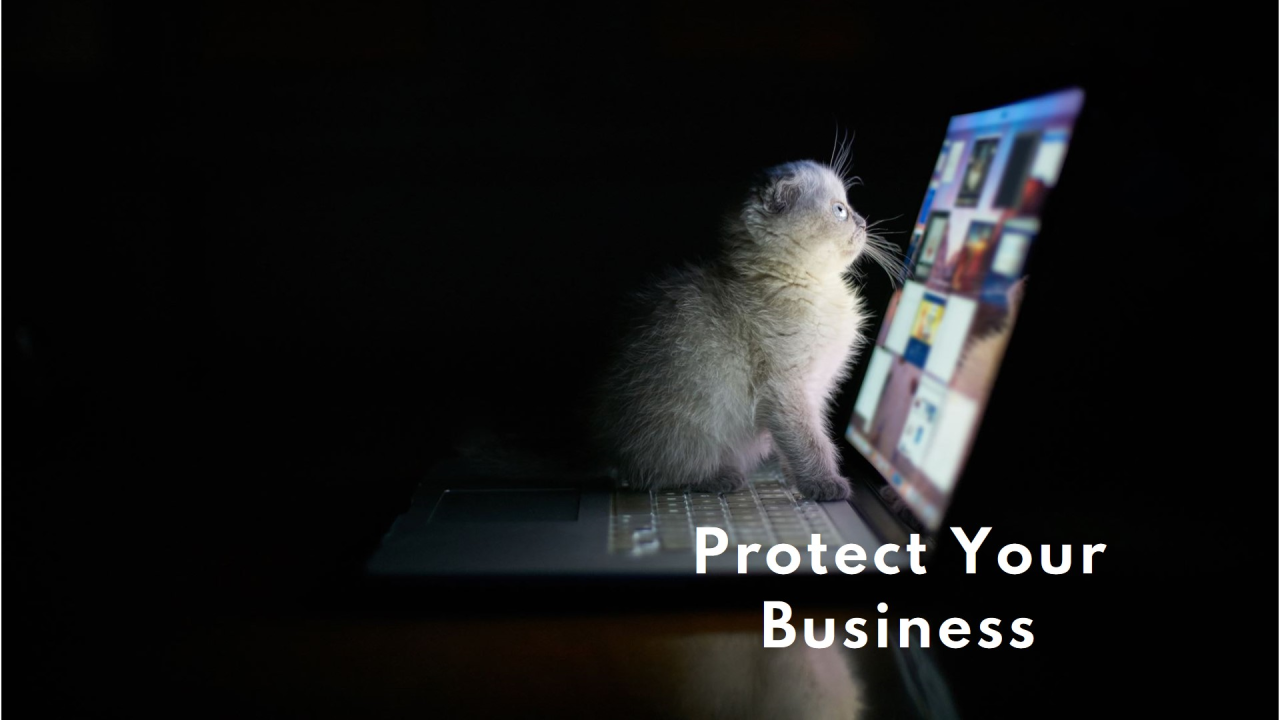The Rise of Zero Trust Architecture in 2025: Why It’s Non-Negotiable

As cyber threats become more sophisticated, traditional security models relying on perimeter defenses are no longer enough. In 2025, enterprises are embracing Zero Trust Architecture (ZTA) as a fundamental strategy to combat evolving threats and secure their digital ecosystems. With the rise of remote work, cloud adoption, and interconnected systems, Zero Trust is no longer optional—it’s a business imperative.
Here’s why Zero Trust is taking center stage and how enterprises are adopting this revolutionary approach to cybersecurity.
What is Zero Trust Architecture?
Zero Trust is a cybersecurity framework built on the principle of “never trust, always verify.” Unlike traditional models that assume everything inside the network is secure, Zero Trust continuously validates every user, device, and application, regardless of their location.
Key Principles of Zero Trust
- Verify Explicitly: Authenticate and authorize every access request using robust methods like multi-factor authentication (MFA).
- Limit Access: Provide users with the least amount of access required to perform their job (least privilege principle).
- Assume Breach: Design systems with the assumption that breaches will occur and minimize potential impact.
Why Zero Trust is Essential in 2025
1. Increased Attack Surface
- Remote Work: Hybrid and remote work models have extended the attack surface beyond corporate networks.
- Cloud Adoption: Enterprises rely on multi-cloud and hybrid-cloud environments, making traditional perimeter defenses obsolete.
2. Advanced Threats
- Cybercriminals are leveraging AI to launch targeted attacks, and ransomware has grown more disruptive.
- Insider threats remain a significant concern, often bypassing traditional security measures.
3. Regulatory Pressure
- Governments and industries are mandating stricter compliance with data security standards, many of which align with Zero Trust principles.
How Enterprises are Adopting Zero Trust
1. Identity-Centric Security
Zero Trust starts with securing identities. Enterprises are implementing robust identity and access management (IAM) solutions to authenticate and authorize users and devices.
Key Tools:
- Multi-factor Authentication (MFA)
- Single Sign-On (SSO)
- Behavioral Analytics for anomaly detection
2. Network Segmentation
By segmenting networks into smaller zones, enterprises can contain threats and prevent lateral movement in case of a breach.
Key Tools:
- Software-Defined Networking (SDN)
- Microsegmentation with tools like VMware NSX
3. Continuous Monitoring and Analytics
Zero Trust requires constant monitoring of user activity, device health, and network traffic to identify potential threats in real time.
Key Tools:
- Security Information and Event Management (SIEM) solutions
- Endpoint Detection and Response (EDR) platforms
- AI-driven threat detection systems
4. Secure Access for Remote Workforces
Enterprises are adopting secure access solutions like Zero Trust Network Access (ZTNA) to replace traditional VPNs, ensuring secure connectivity regardless of location.
Key Tools:
- Cloud-based ZTNA solutions (e.g., Zscaler, Palo Alto Networks Prisma Access)
- Conditional access policies based on real-time risk assessments
5. Endpoint Security
With the proliferation of IoT devices and remote workstations, endpoint security is a critical component of Zero Trust.
Key Tools:
- Endpoint Detection and Response (EDR)
- Device compliance checks
Challenges to Zero Trust Adoption
While the benefits of Zero Trust are clear, adoption comes with challenges:
- Complexity: Implementing Zero Trust requires rethinking existing IT infrastructures.
- Costs: Initial investments in tools and training can be high.
- Cultural Shift: Organizations must foster collaboration between IT, security, and business units.
The Future of Zero Trust
As Zero Trust Architecture evolves, enterprises can expect it to integrate even more deeply with emerging technologies, ensuring robust and adaptive security in increasingly complex environments.
AI-Powered Threat Detection and Automation
Artificial intelligence will play a transformative role in the future of Zero Trust. AI-driven systems will enable:
- Predictive Analytics: Identifying vulnerabilities and potential breaches before they occur.
- Automated Responses: Reacting to threats in real time without requiring manual intervention.
- User Behavior Analysis: Continuously assessing risks by analyzing user patterns and flagging anomalies.
IoT and Edge Computing Integration
The proliferation of IoT devices and edge computing environments adds complexity to security frameworks. Future Zero Trust solutions will address this by:
- Ensuring every IoT device is authenticated and operates within strict access controls.
- Incorporating lightweight security protocols for low-power devices.
- Extending Zero Trust principles to the edge, enabling localized threat detection and response.
Quantum-Resistant Security Measures
As quantum computing develops, traditional encryption methods may become obsolete. Zero Trust will evolve to include quantum-resistant cryptographic techniques, ensuring data integrity in the face of future threats.
Ecosystem Collaboration
Future Zero Trust platforms will likely emphasize seamless integrations with third-party tools, fostering an interconnected security ecosystem. Expect greater interoperability across cloud providers, SaaS platforms, and on-premises systems.
Case Study: A Success Story in Zero Trust Adoption
Company Profile: A Fortune 500 retail enterprise with a global presence and a rapidly expanding e-commerce platform.
The Challenge: The company faced a growing number of cyber threats targeting its customer data and payment systems. Its traditional security model, reliant on firewalls and VPNs, couldn’t protect against insider threats, credential theft, or supply chain vulnerabilities.
The Solution: With the help of a specialized IT security team, the company transitioned to a Zero Trust Architecture:
- Identity-Centric Access: Deployed IAM solutions with MFA to ensure all employees and third-party vendors were authenticated before accessing systems.
- Microsegmentation: Implemented network segmentation to isolate sensitive systems, preventing lateral movement during potential breaches.
- AI-Driven Monitoring: Used AI-powered tools to monitor and analyze real-time traffic, identifying and mitigating anomalies.
- Secure Remote Access: Replaced outdated VPNs with ZTNA solutions for remote employees and contractors.
The Results:
- 75% Reduction in Security Incidents: Improved detection and prevention of potential breaches.
- Enhanced Compliance: Achieved full compliance with international data protection regulations.
- Increased Operational Efficiency: Automated many security tasks, freeing up IT resources for strategic initiatives.
Key Takeaway: By adopting Zero Trust, the company not only fortified its defenses but also gained a competitive edge by ensuring customer trust and operational resilience.